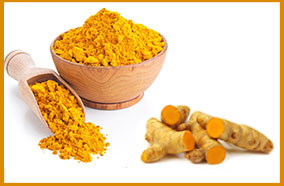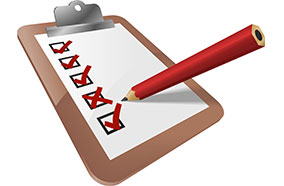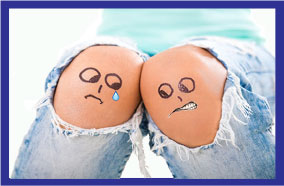Different Pain: Same Reaction

Different Pain: Same Reaction
Whether it’s a bump, a strain, a muscle tear, arthritis or even a broken bone, what’s the first thing you do when you experience pain? You immediately grab hold of the muscle or body part that hurts.
The management of the injury over the next hours, days and weeks may well differ and be considerably more involved but everyone’s initial reaction to pain is to clutch it, to hold it, to cradle it.


Why is it that we all have this rudimentary, yet universal, reaction?
At Active650 we got thinking about this when someone commented on how a Full Knee Support had made them feel when they had got back from a run.
The runner had been having knee issues earlier in the season and had managed to build her mileage back up, but was still lacking confidence. The original pain, which occurred while running had cleared, but it returned without warning a few weeks later and, whilst she had now been pain free for several weeks, she had lost confidence in her knee. She found herself running, almost waiting for the twang of pain and, as a result, was nervous to push too hard during any runs.
Where do Active650 Supports fit in to this?
Well, after further questioning she described the Knee Supports as being like, “Someone was running behind me holding my knees with two hands, just cradling them. It felt like someone was actually holding onto my legs looking after me.”
The Active650 supports are far more elastic than other compression garments or sports supports. This means that they fit perfectly and provide a consistent level of support, which cushions the joint. This cushioning results in a reduction in the amount of stresses and irritations that act on the soft tissues, which can aggravate the site of pain.
So what is the science behind it?

To understand what the stresses and irritations are, and the effect they have on the tissues, we need to look at a bit of basic science; the law of conservation of energy to be precise. This law states that energy can be neither created nor destroyed, which, means that the energy must be transferred. Consider what happens when our runner’s foot hits the ground: it creates what is known as a ground reaction force. If that sounds a bit technical, imagine lying on your back on a table and getting a friend to hit you on the bottom of one of your feet with a plank of wood.
The reaction force is the energy that is transferred from the moving piece of timber into your body via your poor, throbbing foot. When we walk or run this is what we put our feet through every step, with the ground replacing the plank.
Where does the energy go?
The energy has to dissipate. A bit like the crumple zone of a car takes the energy of a crash and dissipates it in a way that causes the least damage to the occupants, the body takes the energy from the foot crashing into the ground and dissipates it in a way that causes the least damage to the body. The energy is transferred up through the foot, ankle, lower leg, knee, thigh, pelvic structures and into the core; a sequence known as the kinetic chain.
The more solid that something is, the worse it is at dissipating energy (remember Newton’s cradles – those swinging ball bearings that adorned desktops in the 1980’s, retaining the energy for seemingly hours with a constant click-clacking?). Therefore, the bones involved in the kinetic chain tend to pass the energy onwards, up the chain.

The softer and springier something is the better it is at dissipating energy (think back to the crumple zones and the bumpers on Volvos in the 1990’s, before they became all sleek and streamlined). The muscles and tendons of the kinetic chain are therefore very good at dissipating energy and do this by moving, wobbling and vibrating with each foot fall.

The more structures that are used in the dissipation of energy the better. It is better to limit the energy dissipated lower down and direct it upwards towards the core as it spreads the area that the energy is dissipated from. This is where the bones prove useful, transferring the energy up the kinetic chain as the soft tissues dissipate it.
If too much energy is dissipated through one area, particularly if it is the site of a weakness due to injury or damage, as opposed to being dissipated more evenly throughout the whole kinetic chain, it can lead to pain, an inflammatory response and further damage.
So how exactly can Active650 Supports help?
The Active650 range of supports can help prevent pain by holding the damaged area firm and facilitating the transfer of energy up the kinetic, chain where it is dissipated well away from the bits that hurt.

To relate back to our crumple zones and crashing cars, imagine a crash where the occupants weren’t wearing their seat belts. They would get thrown around inside the car and their movement would contribute to dissipating the energy of the collision. If seat belts were worn the energy would pass through the strapped in occupants to be dissipated more safely where it would be less likely to cause damage. Wearing an Active650 support is a similar thing; like a seatbelt for your sore bit, with the energy passing through the supported tissue to be dissipated more safely where it is less likely to cause damage.




